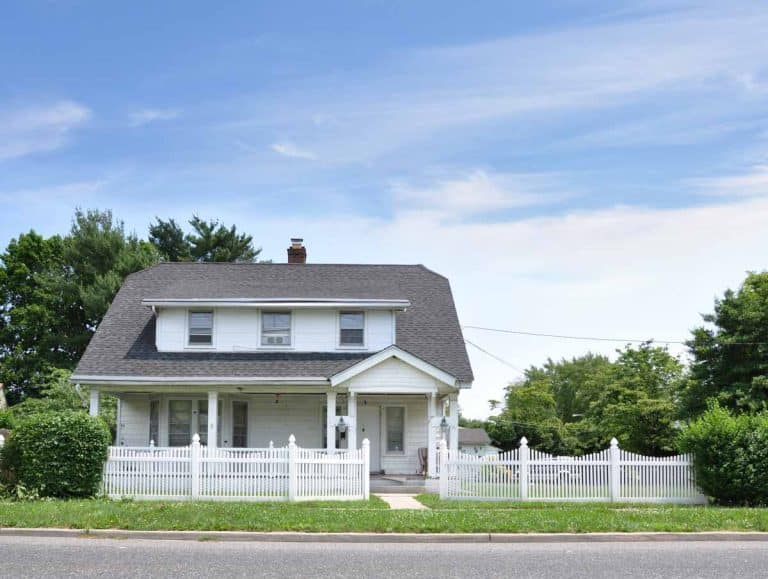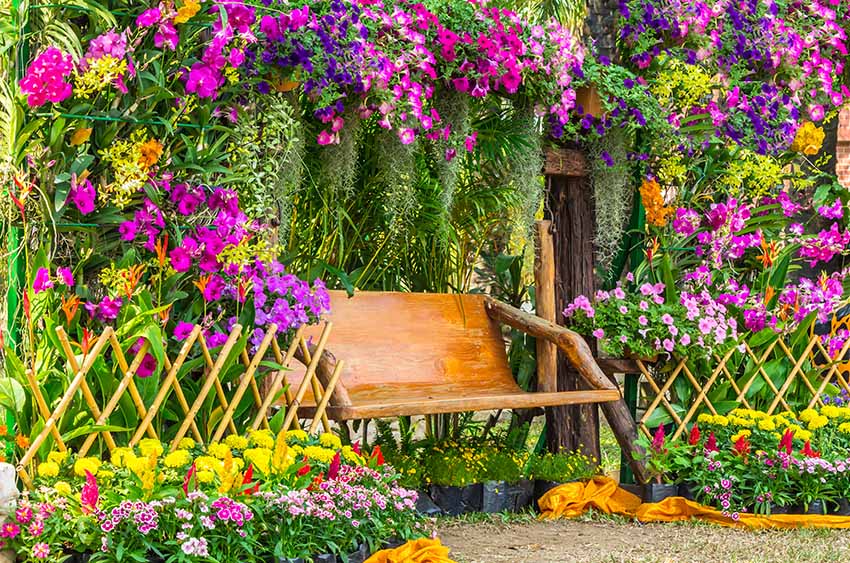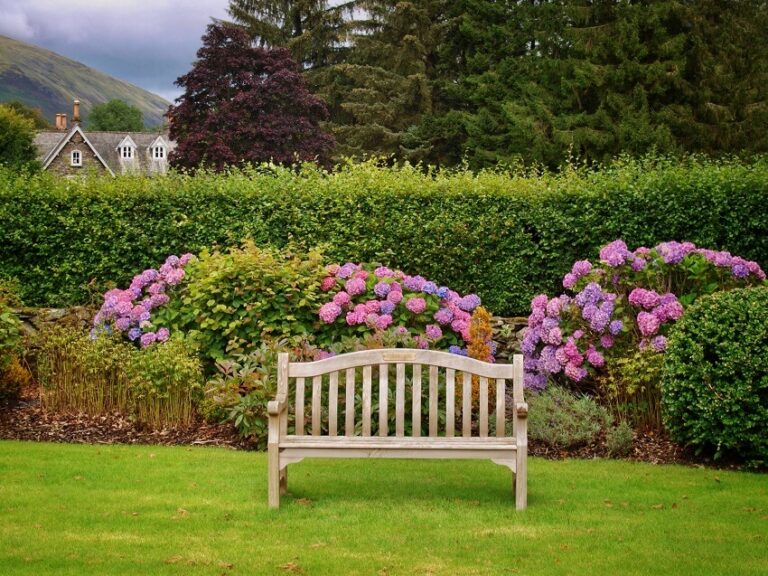Types of Tall Succulents (Popular Plant Varieties)
Here are the different types of tall succulents including ideas on how tall they grow, tallest succulent plants, climbing varieties, trimming tips, and cutting flowers off of a succulent.
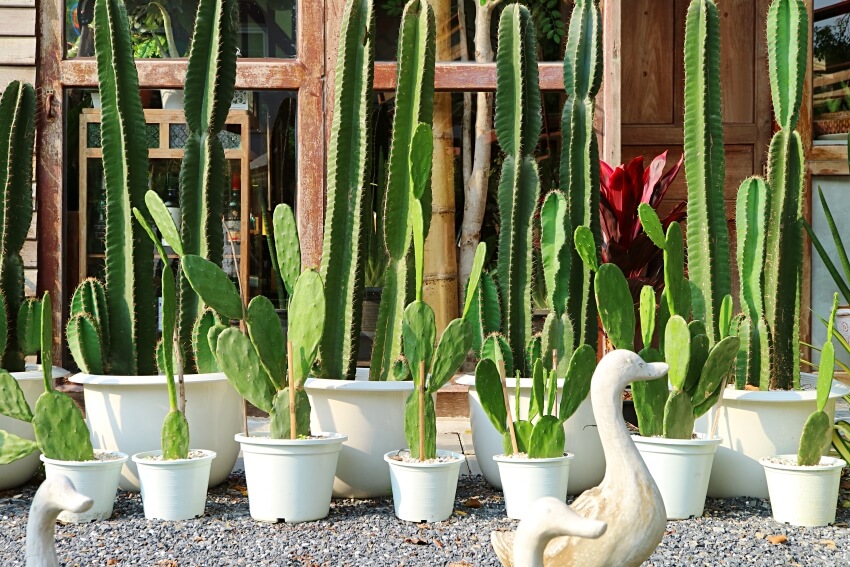 Anyone who’s ever seen a plant knows that there are countless types of succulents out there, especially ones that stay small most of their lives. These little guys are usually confined to a desk or an office until their demise, but there are some that are big enough to boast elsewhere. Tall succulents are a fun way to bring some desert vibes into a space.
Anyone who’s ever seen a plant knows that there are countless types of succulents out there, especially ones that stay small most of their lives. These little guys are usually confined to a desk or an office until their demise, but there are some that are big enough to boast elsewhere. Tall succulents are a fun way to bring some desert vibes into a space.
There are tons of different types of succulents that grow beyond a three inch pot, but some are better suited for outdoors (like giant cacti). However, there’s bound to be a succulent out there that fits perfectly into your space. Let’s take a look at how big they can grow.[toc]
How Tall Do Succulents Grow?
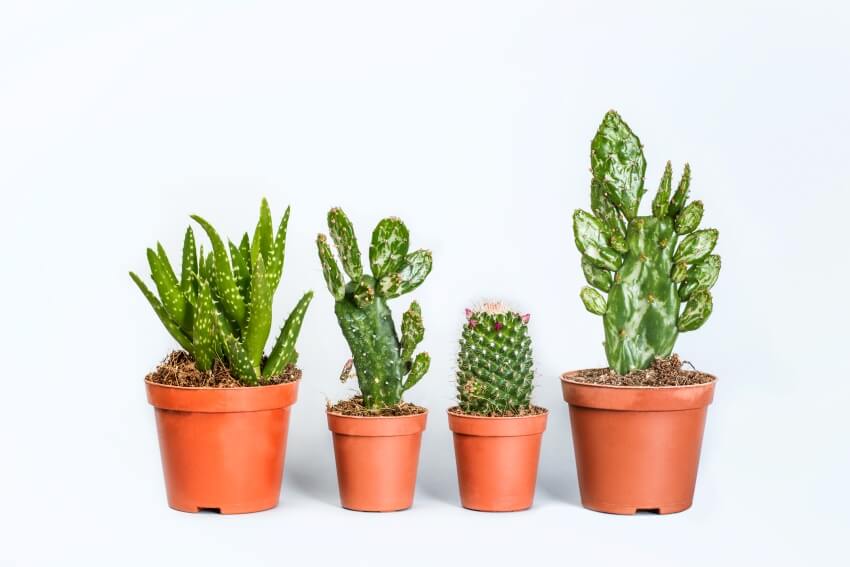
That’s not to say that you can’t grow them any taller; Jade plants, for example, can most certainly grow to be over six feet tall, but only if they’re given the perfect amount of light, water, and fertilizer.
There’s a lot that goes into growing a succulent for the long haul, so here’s how big you can grow a jade plant as well as some other classic indoor favorites.
Succulents That Grow Tall

Jade
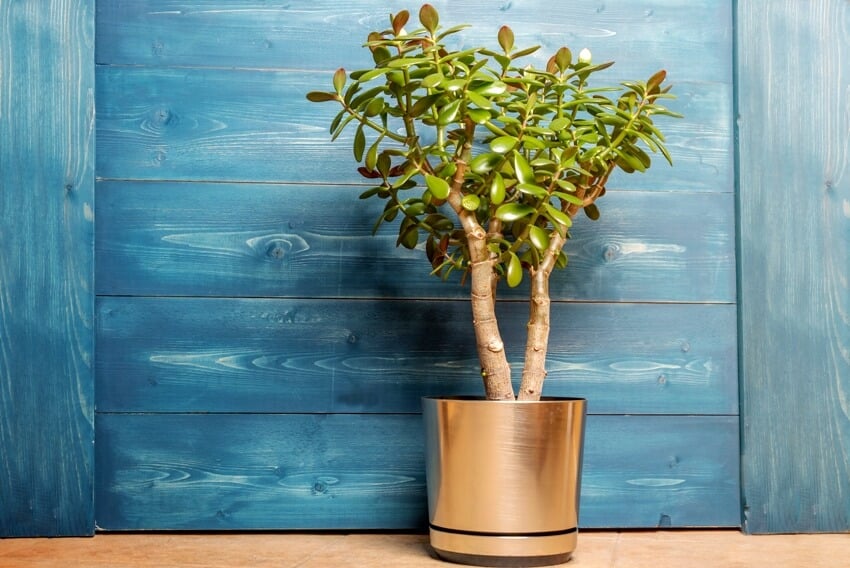
It may take several years for a jade plant to reach its full height potential, but most cap out indoors at around three feet in height. If you have an extra sunny windowsill, you could get some extra inches out of one. Check more indoor plants that like direct sunlight here!
Snake Plant
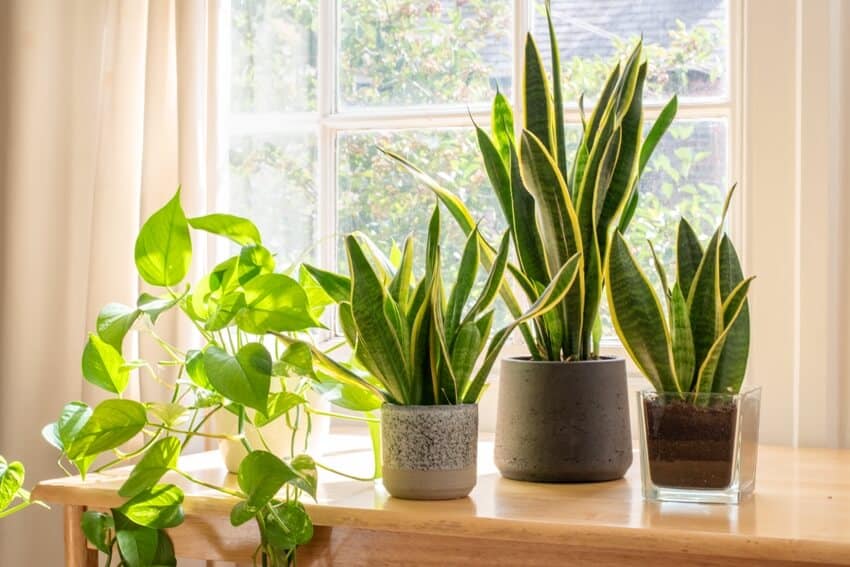
Again, however, growing tall means having access to the right amounts of light, water, and nutrients. A snake plant can take five years to grow to its full height but must be potted in the right sized container.
Pencil Cactus
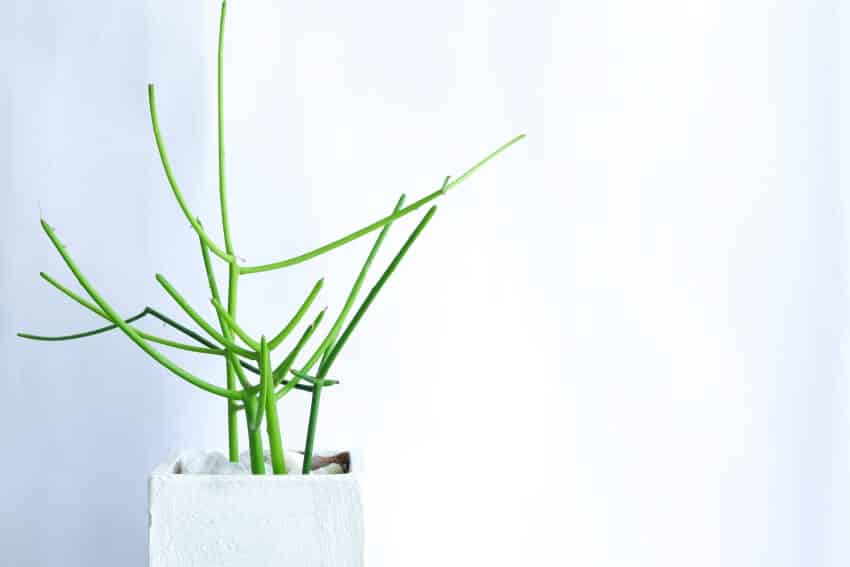
This requires a few years of careful pruning, repotting, and care; otherwise, you’ll end up with a very stringy succulent rather than the one that resembles a real desert tree. These plants are best for homes with no pets or children, as they can be very toxic.
Euphorbia

Not having the ability to harden off in their natural habitat, euphorbias typically don’t possess the capacity to grow very tall inside; this keeps them well away from your ceilings, and short enough to prune when needed. Check more alternatives in our guide to the best indoor trees.
Burro’s Tail
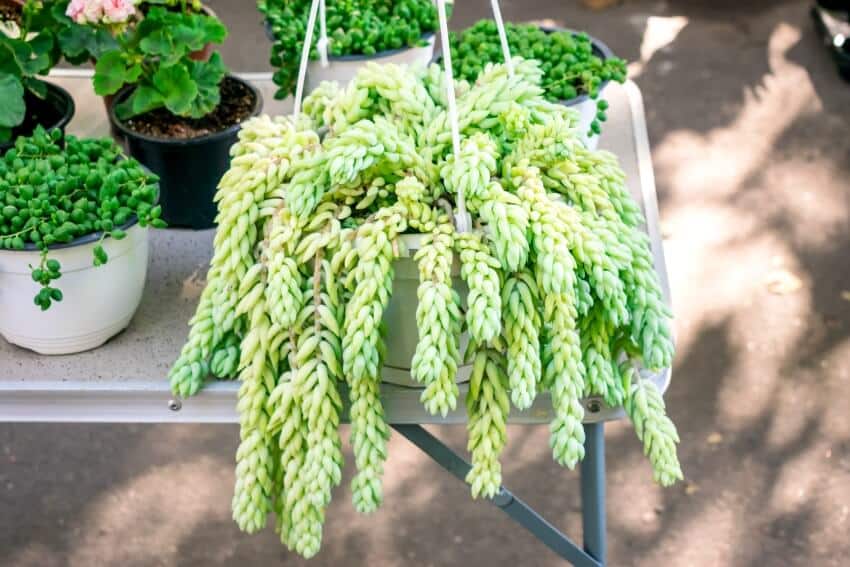
To accommodate this preference, it needs to be grown in a hanging pot or a pot that sits near an edge so that the trailing stems heavy with succulent leaves can hang down undisrupted. Burro’s tail is perfect for hanging near windows!
Elephant Bush
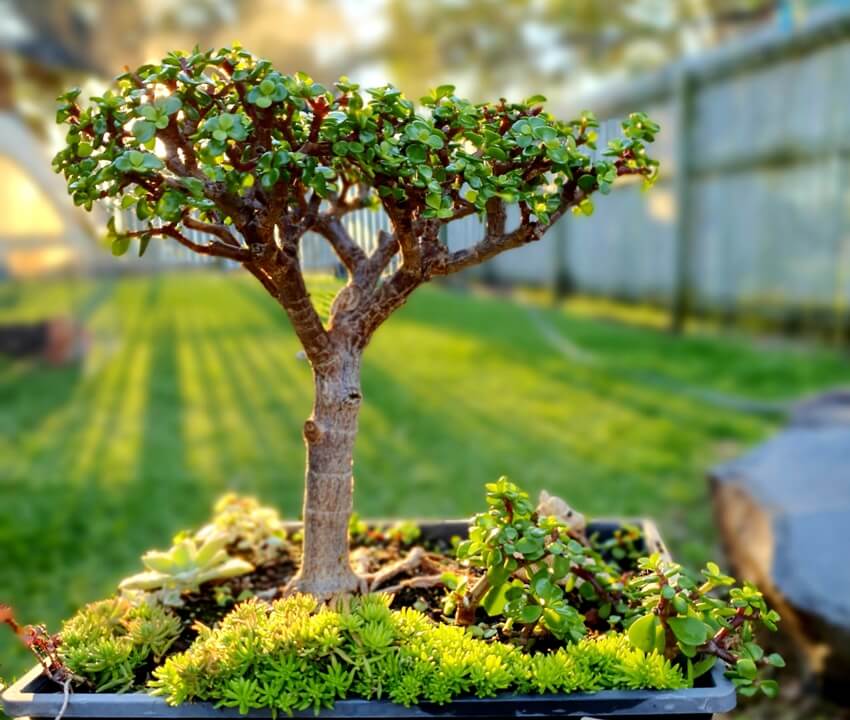
While they can grow to be 30 feet tall in their native climate, elephant bush only gets to be about three to four feet tall in an indoors setting planted in a pot. At its tallest, it makes a fantastic floor plant for a bright spot!
Orchid Cactus
This is a broad term for a wide variety of succulent plants that flower from long, beautiful tendrils. These are typically not an indoor plant, as they like to grow in trees, but they can be accommodated for indoor growing by planting in a medium similar to orchids (hence the name).
Most orchid cacti bloom primarily at night, but their blooms are worth the lost sleep if you happen to catch it happening; they range from bright reds and pinks to glorious ghostly whites.
What Is The Tallest Succulent?
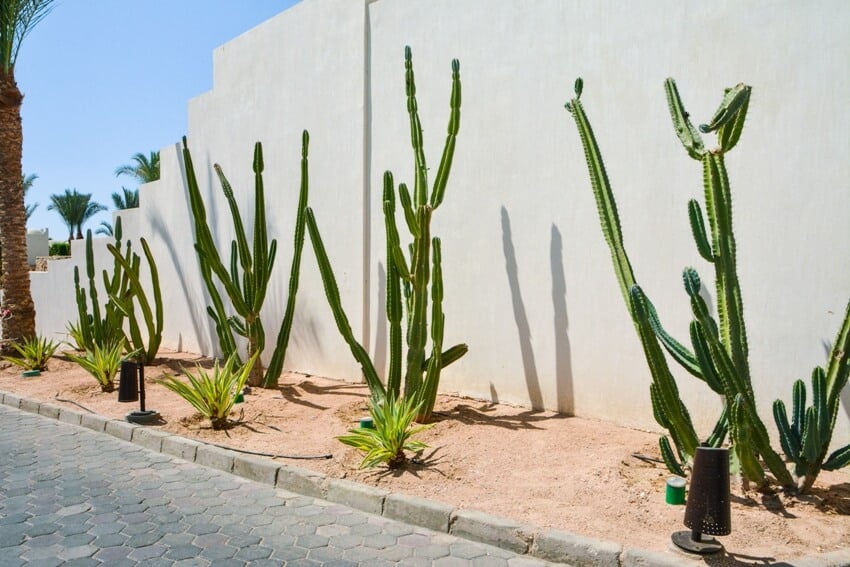
This species is all about growing up rather than out, and will happily grow over six feet tall in most indoor spaces. Euphorbia can be found in several different varieties, all ranging in maximum height at maturity.
If you want your succulents to grow tall, provide them with plenty of sunlight. Succulents are hardy against sunburn and other sun-related ailments that tropical plants usually experience, so don’t be shy about placing your succulents in direct sunlight inside the house. If you notice any discoloration, you can always move them out of the brightest light if they’re getting too many hours per day.
Are There Any Succulents That Climb?
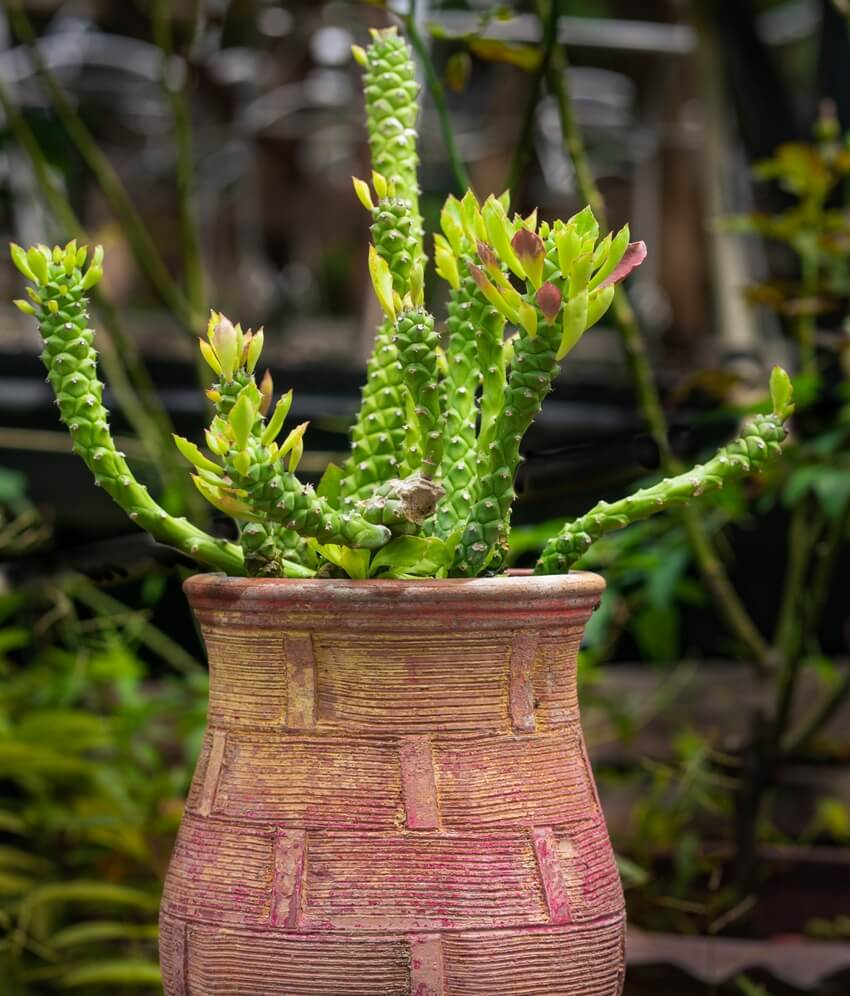
On a brighter note, there are lots of succulents that trail! Trailing succulents are a great alternative to climbers, and they can be lots of fun to grow and propagate.
Here are some of the most popular vining succulents out there:
• String of pearls. This is one plant that can be found in multiple shapes: a string of bananas and a string of nickels are close cousins, so there are some options out there. What makes this succulent so special is its long tendrils that feature dozens of little bead leaves, which can grow over three feet long.
They can either be left to grow, or draped back over the top of a pot to roto and produce even more tendrils. This plant needs to be in a hanging basket or near an edge so that it can grow long!
• Ruby necklace. A type of othanna, ruby necklace is a long, trailing succulent that features bright red leaves strung along draping vines that overhang the edge of a pot once they start to grow. Ruby necklace can grow as long as 12 inches, so long as it gets enough sunlight to photosynthesize. This one doesn’t like much water, so it’s best to plant it in a pot that has good drainage.
• Rat tail cactus. Much more impressive than its name, rat tail cactus is another long-growing cactus that likes to be grown in a hanging pot. Aside from their very fuzzy appearance, the tendrils on this plant more closely resemble those of actual cacti stems.
These succulents bloom brilliant colors once per year, and love humidity. Aside from being classified as a succulent, the rat tail cactus largely prefers tropical conditions.
Why Is My Succulent Growing Tall?

The succulent will attempt to move as close to the nearest light source, usually towards a window. If you see your plant reaching for the outdoors, move it closer to that window.
Another reason a succulent may become leggy is that there’s something wrong with the soil; it could either be too acidic, which is rarely the case, or it could be overwatered. In this case, the succulent is trying to branch out to search for drier horizons.
In their natural habitats, succulents usually find drier land by growing uphill. Try to allow the soil to dry almost completely before watering liberally again, and eventually, your succulent should begin to grow more like it’s supposed to!
How To Trim A Succulent That’s Too Tall
There are a couple different reasons to trim a succulent that’s gotten too tall. Whether your succulent isn’t supposed to grow tall or your tall succulent is getting a little too close to the ceiling, there’s always a great way to cut down on height to keep your wiley succulents in check.
Be careful about how much you take off at one time, though, as cutting back too much can be detrimental for a succulent type plant.
For succulents that are growing to be too leggy, you can simply snip off the top few inches that have a nice, full and thick cluster of leaves and propagate this by water or by using rooting hormone and planting in moist soil. This creates a new plant and gives your succulent a fresh start. Try placing this one in more sunlight than its leggy counterpart; it’s less likely to grow out and become leggy itself.
For succulents that have simply outgrown your space, you can very carefully cut away some length. While succulents that have one stem growing up without branches, such as the African milk tree, won’t continue to grow up from a cut point. Instead they may grow branches out from these points.
With that in mind, you can make a cut with a clean, sharp blade at any point where you like the height of a succulent. However, if your succulent has branches or nodes, this process is much easier. You can simply trim back to any forking branch or node that you like, and the plant will continue to grow from the part you didn’t trim.
Jade plants, for example, are great candidates for trimming because they have multiple branches that can be trimmed to match a style or to maintain the perfect size. Some succulents like jade and elephant bush can even be great bonsai candidates!
Should I Cut the Flowers Off My Succulents?

Some folks choose to cut off flowers or buds from their succulents in an effort to keep the plant focused on growing, but this really only applies to other plants.
There’s no need to cut flowers off of a succulent. If they sprout buds or flowers without you noticing right away, chances are they have already slowed their growth down for weeks before this happened, so snipping away the flower doesn’t do much in the way of continued growth.
Let the succulent flower and enjoy it when it does happen; once it’s done blooming, it will go right back into growing mode after a very brief period of dormancy!
See more related content in our article about the different types of rubber plants with planting tips & ideas.

